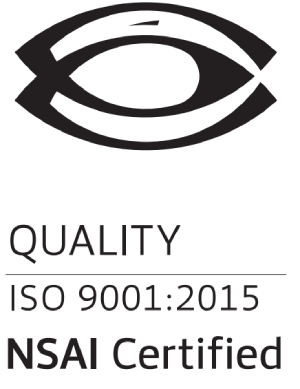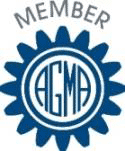A recent article from Gear Solutions discusses the concept of continuous generation gear grinding. The idea is that gear grinding machines, much like families, keep some similarities to their predecessors while also making new advancements in the design of the newer machine. The example used in the article is the Reishauer family of gear grinders, which traces its lineage back to 1945. Using a three-position turret assembly, Reishauer provides the shortest possible time between loading as well facilitate the wheel dressing operation.
“As it is on all Reishauer machines, the grinding principle employs the continuous generation method and can be best described as “worm in worm wheel” design. That is to say, a vitrified grinding worm with a rack profile essentially moving tangent to the workpiece while generation of the involute profile occurs. By shifting the wheel tangentially the workpiece is constantly exposed to an unused section, resulting in evenly distributed wear over the face width or usable portion of the wheel. Because a sharp portion of the wheel is present at all times, most gears can be ground in as few as two passes; one roughing, and one finishing.”
Of particular interest, Reishauer’s newest gear grinder also eliminates the use of honing as a secondary operation traditionally used to help in noise-sensitive applications, and now produces a hone like surface during the grinding operation, no machine change needed.
By following the evolution of gears over a long period of time, we in the gear manufacturing industry increase the likelihood that we can learn from the past without engineering some of its mistakes. If you have an opinion on the generational aspect of gears, we’d love to hear from you.





